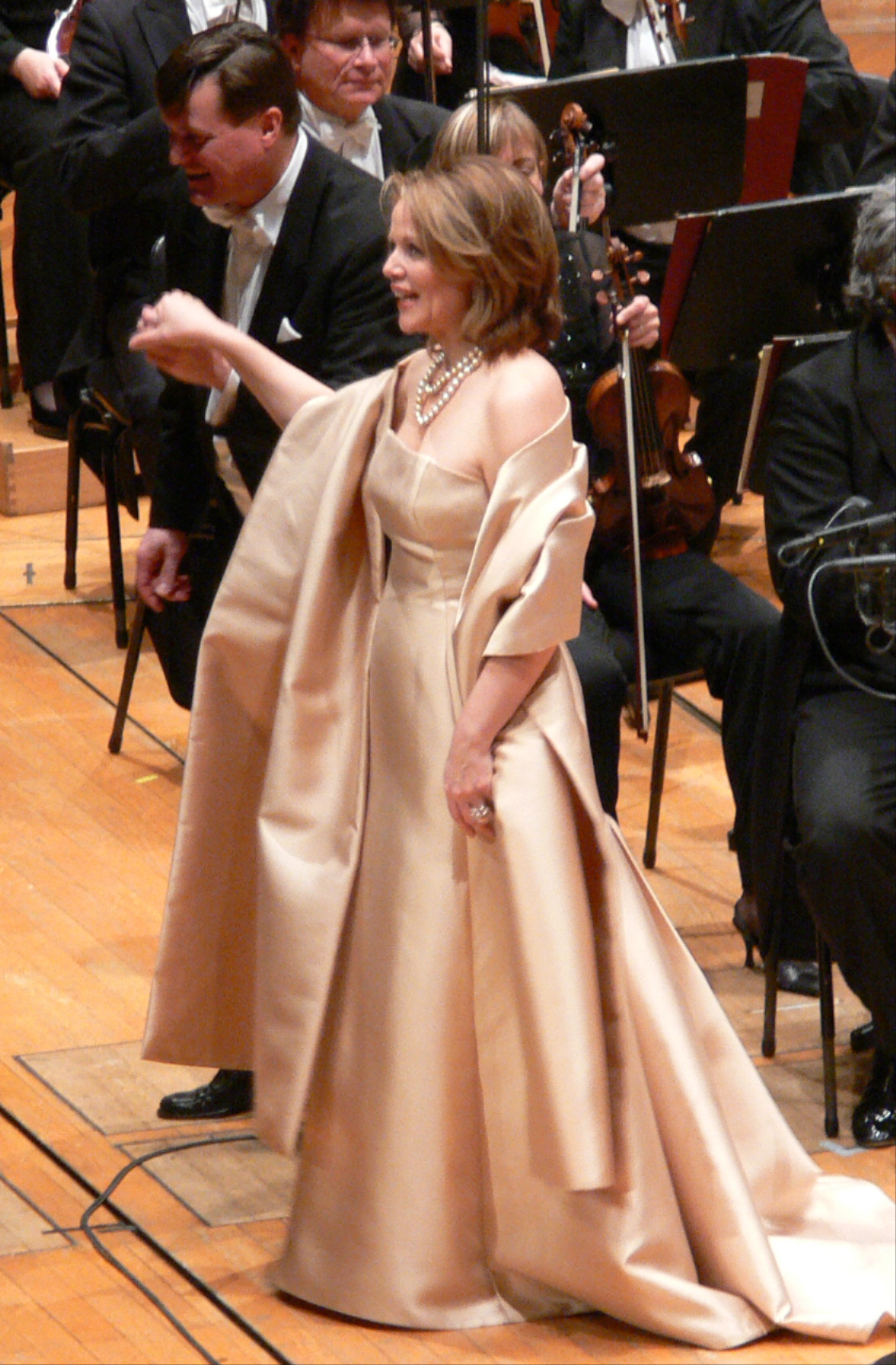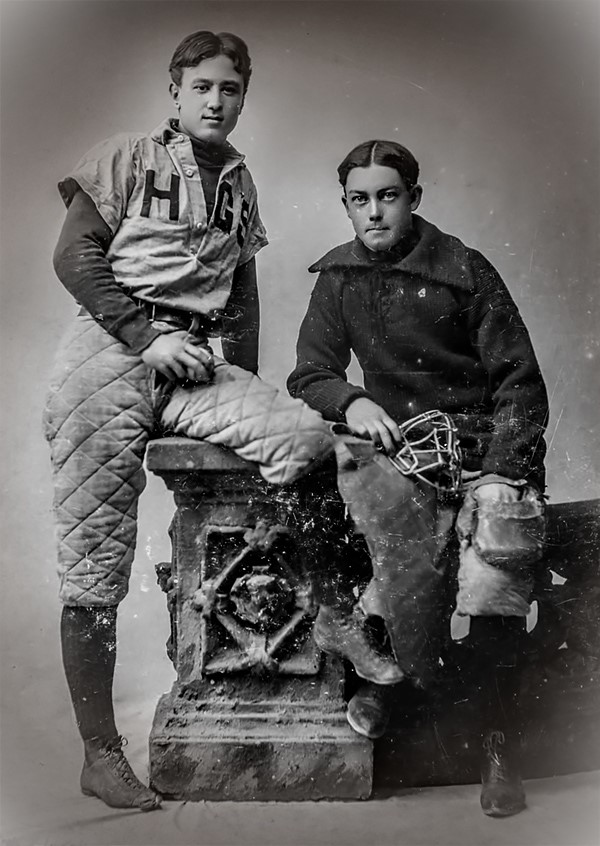|
All These Lighted Things
''All These Lighted Things (three little dances for orchestra)'' is an orchestral composition by the American composer Elizabeth Ogonek. The work was commissioned by the Chicago Symphony Orchestra, for which Ogonek co-serves as Mead composer-in-residence with the composer Samuel Adams. The piece was given its world premiere by the Chicago Symphony Orchestra under the direction of Riccardo Muti on September 28, 2017.Muti Conducts Bruckner 4 . Chicago Symphony Orchestra. December 10, 2017. Composition ''All These Lighted Things'' was composed over a period of five months in 2017. The title of the piece comes from a poem by |
Orchestra
An orchestra (; ) is a large instrumental ensemble typical of classical music, which combines instruments from different families. There are typically four main sections of instruments: * bowed string instruments, such as the violin, viola, cello, and double bass * woodwinds, such as the flute, oboe, clarinet, saxophone, and bassoon * Brass instruments, such as the horn, trumpet, trombone, cornet, and tuba * percussion instruments, such as the timpani, snare drum, bass drum, cymbals, triangle, tambourine, and mallet percussion instruments Other instruments such as the piano, harpsichord, and celesta may sometimes appear in a fifth keyboard section or may stand alone as soloist instruments, as may the concert harp and, for performances of some modern compositions, electronic instruments and guitars. A full-size Western orchestra may sometimes be called a or philharmonic orchestra (from Greek ''phil-'', "loving", and "harmony"). The actual number of musicians employ ... [...More Info...] [...Related Items...] OR: [Wikipedia] [Google] [Baidu] |
French Horn
The French horn (since the 1930s known simply as the horn in professional music circles) is a brass instrument made of tubing wrapped into a coil with a flared bell. The double horn in F/B (technically a variety of German horn) is the horn most often used by players in professional orchestras and bands, although the descant and triple horn have become increasingly popular. A musician who plays a horn is known as a list of horn players, horn player or hornist. Pitch is controlled through the combination of the following factors: speed of air through the instrument (controlled by the player's lungs and thoracic diaphragm); diameter and tension of lip aperture (by the player's lip muscles—the embouchure) in the mouthpiece; plus, in a modern horn, the operation of Brass instrument valve, valves by the left hand, which route the air into extra sections of tubing. Most horns have lever-operated rotary valves, but some, especially older horns, use piston valves (similar to a trumpet's ... [...More Info...] [...Related Items...] OR: [Wikipedia] [Google] [Baidu] |
2017 Compositions
Seventeen or 17 may refer to: *17 (number), the natural number following 16 and preceding 18 * one of the years 17 BC, AD 17, 1917, 2017 Literature Magazines * ''Seventeen'' (American magazine), an American magazine * ''Seventeen'' (Japanese magazine), a Japanese magazine Novels * ''Seventeen'' (Tarkington novel), a 1916 novel by Booth Tarkington *''Seventeen'' (''Sebuntiin''), a 1961 novel by Kenzaburō Ōe * ''Seventeen'' (Serafin novel), a 2004 novel by Shan Serafin Stage and screen Film * ''Seventeen'' (1916 film), an American silent comedy film *''Number Seventeen'', a 1932 film directed by Alfred Hitchcock * ''Seventeen'' (1940 film), an American comedy film *''Eric Soya's '17''' (Danish: ''Sytten''), a 1965 Danish comedy film * ''Seventeen'' (1985 film), a documentary film * ''17 Again'' (film), a 2009 film whose working title was ''17'' * ''Seventeen'' (2019 film), a Spanish drama film Television * ''Seventeen'' (TV drama), a 1994 UK dramatic short starring Christi ... [...More Info...] [...Related Items...] OR: [Wikipedia] [Google] [Baidu] |
Compositions By Elizabeth Ogonek
Composition or Compositions may refer to: Arts and literature *Composition (dance), practice and teaching of choreography * Composition (language), in literature and rhetoric, producing a work in spoken tradition and written discourse, to include visuals and digital space * Composition (music), an original piece of music and its creation *Composition (visual arts), the plan, placement or arrangement of the elements of art in a work * ''Composition'' (Peeters), a 1921 painting by Jozef Peeters *Composition studies, the professional field of writing instruction * ''Compositions'' (album), an album by Anita Baker *Digital compositing, the practice of digitally piecing together a video Computer science *Function composition (computer science), an act or mechanism to combine simple functions to build more complicated ones * Object composition, combining simpler data types into more complex data types, or function calls into calling functions History *Composition of 1867, Austro-Hungari ... [...More Info...] [...Related Items...] OR: [Wikipedia] [Google] [Baidu] |
Renée Fleming
Renée Lynn Fleming (born February 14, 1959) is an American soprano, known for performances in opera, concerts, recordings, theater, film, and at major public occasions. A recipient of the National Medal of Arts, Fleming has been nominated for 18 Grammy Awards and has won four times. Other notable awards have included the Chevalier de la Légion d'Honneur from the French government, Germany's Cross of the Order of Merit, Sweden's Polar Music Prize and honorary membership in England's Royal Academy of Music. Unusual among artists whose careers began in opera, Fleming has achieved name recognition beyond the classical music world. Fleming has a full lyric soprano voice.Tommasini, Anthony"For a Wary Soprano, Slow and Steady Wins the Race" ''The New York Times'', September 14, 1997 She has performed coloratura, lyric, and lighter spinto soprano operatic roles in Italian, German, French, Czech, and Russian, aside from her native English. A significant portion of her career has been ... [...More Info...] [...Related Items...] OR: [Wikipedia] [Google] [Baidu] |
Chicago Sun-Times
The ''Chicago Sun-Times'' is a daily newspaper published in Chicago, Illinois, United States. Since 2022, it is the flagship paper of Chicago Public Media, and has the second largest circulation among Chicago newspapers, after the ''Chicago Tribune''. The modern paper grew out of the 1948 merger of the ''Chicago Sun'' and the ''Chicago Daily Times''. Journalists at the paper have received eight Pulitzer prizes, mostly in the 1970s; one recipient was film critic Roger Ebert (1975), who worked at the paper from 1967 until his death in 2013. Long owned by the Marshall Field family, since the 1980s ownership of the paper has changed hands numerous times, including twice in the late 2010s. History The ''Chicago Sun-Times'' claims to be the oldest continuously published daily newspaper in the city. That claim is based on the 1844 founding of the ''Chicago Daily Journal'', which was also the first newspaper to publish the rumor, now believed false, that a cow owned by Catherine O'L ... [...More Info...] [...Related Items...] OR: [Wikipedia] [Google] [Baidu] |
Charles Ives
Charles Edward Ives (; October 20, 1874May 19, 1954) was an American modernist composer, one of the first American composers of international renown. His music was largely ignored during his early career, and many of his works went unperformed for many years. Later in life, the quality of his music was publicly recognized through the efforts of contemporaries like Henry Cowell and Lou Harrison, and he came to be regarded as an "American original". He was also among the first composers to engage in a systematic program of experimental music, with musical techniques including polytonality, polyrhythm, tone clusters, aleatory elements, and quarter tones. His experimentation foreshadowed many musical innovations that were later more widely adopted during the 20th century. Hence, he is often regarded as the leading American composer of art music of the 20th century. Sources of Ives's tonal imagery included hymn tunes and traditional songs; he also incorporated melodies of the tow ... [...More Info...] [...Related Items...] OR: [Wikipedia] [Google] [Baidu] |
Chicago Tribune
The ''Chicago Tribune'' is a daily newspaper based in Chicago, Illinois, United States, owned by Tribune Publishing. Founded in 1847, and formerly self-styled as the "World's Greatest Newspaper" (a slogan for which WGN radio and television are named), it remains the most-read daily newspaper in the Chicago metropolitan area and the Great Lakes region. It had the sixth-highest circulation for American newspapers in 2017. In the 1850s, under Joseph Medill, the ''Chicago Tribune'' became closely associated with the Illinois politician Abraham Lincoln, and the Republican Party's progressive wing. In the 20th century under Medill's grandson, Robert R. McCormick, it achieved a reputation as a crusading paper with a decidedly more American-conservative anti-New Deal outlook, and its writing reached other markets through family and corporate relationships at the ''New York Daily News'' and the ''Washington Times-Herald.'' The 1960s saw its corporate parent owner, Tribune Company, rea ... [...More Info...] [...Related Items...] OR: [Wikipedia] [Google] [Baidu] |
Timpani
Timpani (; ) or kettledrums (also informally called timps) are musical instruments in the percussion family. A type of drum categorised as a hemispherical drum, they consist of a membrane called a head stretched over a large bowl traditionally made of copper. Thus timpani are an example of kettle drums, also known as vessel drums and semispherical drums, whose body is similar to a section of a sphere whose cut conforms the head. Most modern timpani are ''pedal timpani'' and can be tuned quickly and accurately to specific pitches by skilled players through the use of a movable foot-pedal. They are played by striking the head with a specialized drum stick called a ''timpani stick'' or ''timpani mallet''. Timpani evolved from military drums to become a staple of the classical orchestra by the last third of the 18th century. Today, they are used in many types of ensembles, including concert bands, marching bands, orchestras, and even in some rock bands. ''Timpani'' is an Italian ... [...More Info...] [...Related Items...] OR: [Wikipedia] [Google] [Baidu] |
Tuba
The tuba (; ) is the lowest-pitched musical instrument in the brass family. As with all brass instruments, the sound is produced by lip vibrationa buzzinto a mouthpiece. It first appeared in the mid-19th century, making it one of the newer instruments in the modern orchestra and concert band. The tuba largely replaced the ophicleide. ''Tuba'' is Latin for "trumpet". A person who plays the tuba is called a tubaist, a tubist, or simply a tuba player. In a British brass band or military band, they are known as bass players. History Prussian Patent No. 19 was granted to Wilhelm Friedrich Wieprecht and Johann Gottfried Moritz (1777–1840) on September 12, 1835 for a "bass tuba" in F1. The original Wieprecht and Moritz instrument used five valves of the Berlinerpumpen type that were the forerunners of the modern piston valve. The first tenor tuba was invented in 1838 by Carl Wilhelm Moritz (1810–1855), son of Johann Gottfried Moritz. The addition of valves made it po ... [...More Info...] [...Related Items...] OR: [Wikipedia] [Google] [Baidu] |
Trombone
The trombone (german: Posaune, Italian, French: ''trombone'') is a musical instrument in the Brass instrument, brass family. As with all brass instruments, sound is produced when the player's vibrating lips cause the Standing wave, air column inside the instrument to vibrate. Nearly all trombones use a telescoping slide mechanism to alter the Pitch (music), pitch instead of the brass instrument valve, valves used by other brass instruments. The valve trombone is an exception, using three valves similar to those on a trumpet, and the superbone has valves and a slide. The word "trombone" derives from Italian ''tromba'' (trumpet) and ''-one'' (a suffix meaning "large"), so the name means "large trumpet". The trombone has a predominantly cylindrical bore like the trumpet, in contrast to the more conical brass instruments like the cornet, the euphonium, and the French horn. The most frequently encountered trombones are the tenor trombone and bass trombone. These are treated as trans ... [...More Info...] [...Related Items...] OR: [Wikipedia] [Google] [Baidu] |
.jpg)




